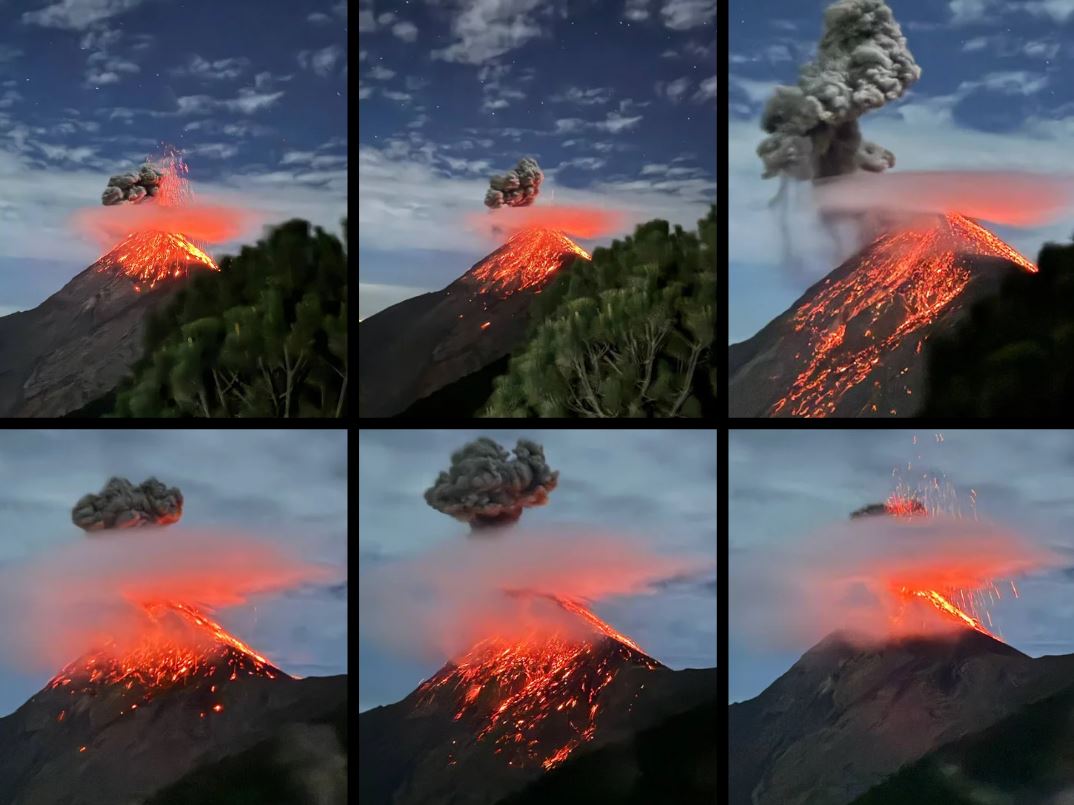When we think of volcanoes, fear often grips our minds as we envision the catastrophes they can bring—violent eruptions, lava flows, and devastation paint a picture of danger and destruction. However, amidst this fear, people inevitably live in the shadow of these natural phenomena.
Living in proximity to volcanoes is a reality for many people around the world, exposing them to the constant threat of eruptions and highlighting the need for robust disaster preparedness. This is why it is crucial for scientists, governments, and communities to work closely together, developing high-quality and timely strategies that are both socially and culturally sensitive, aiming to effectively mitigate disaster risk and enhance preparedness.
One such initiative is the Cities and Volcanoes Commission (CaV) which creates a platform for sharing ideas and learning experiences, promoting multi-disciplinary research, and enhancing preparedness for volcanic events. Every two years, the Cities and Volcanoes Commission (CaV) organizes the Cities on Volcanoes conference, with the most recent one held last February 11 to 17,2024 in Antigua, Guatemala. The conference focused on various aspects of volcano-related studies, presenting research topics ranging from sustainable development to arts and culture, monitoring technologies, hazard assessment, and risk management.
While some researchers focused on methods for characterizing volcanic behaviors and monitoring, others highlighted the benefits derived from volcanoes, such as geothermal energy and tourism. Despite the inherent risks, volcanic regions often offer access to geothermal resources, providing a clean and reliable source of power that reduces reliance on fossil fuels and mitigates climate change impacts. Additionally, tourism plays a vital role in local livelihoods. For instance, in Guatemala, tourists can hike volcanoes and witness short eruptions and lava flows from Fuego Volcano, while also enjoying coffee tours, as the region is renowned for having some of the best coffee, owing to the rich soil provided by the volcanoes.
The key to creating resilient and safe communities in volcanic regions lies in collaborative efforts among governmental entities, scientific communities, local stakeholders, and private enterprises. By working together, these groups can build communities that coexist with volcanoes, harnessing their resources to bolster resilience to natural disasters and contribute to global sustainability efforts.
– Princess Cosalan, Cascade Institute Ultradeep Geothermal Research Associate

